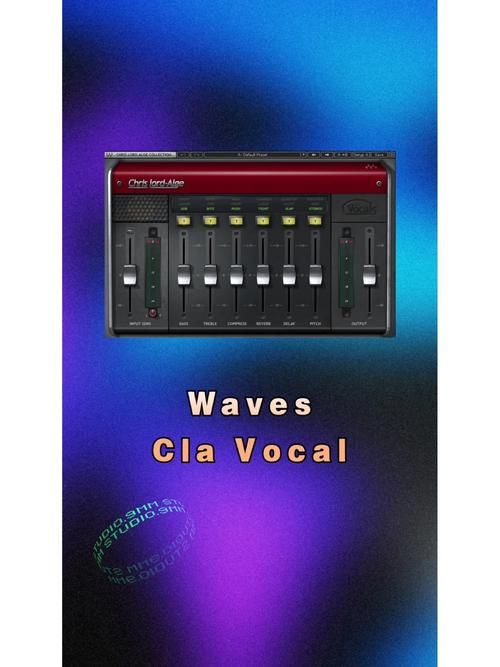Understanding Vocal AI: What It Is and How It Works
Are there any vocal AI that understand vocal tones? This question has intrigued many music enthusiasts and tech-savvy individuals alike. In this article, we will delve into the world of vocal AI, exploring its capabilities, limitations, and the potential for understanding and interpreting vocal tones.
What is Vocal AI?
Vocal AI refers to artificial intelligence systems designed to analyze, generate, and manipulate human voice. These systems can range from simple text-to-speech applications to complex music production tools. The primary goal of vocal AI is to replicate or enhance the human voice in various contexts.

How Does Vocal AI Understand Vocal Tones?
Understanding vocal tones is a crucial aspect of vocal AI. Here’s how it works:
-
Acoustic Analysis: Vocal AI systems use acoustic analysis to identify and interpret the various components of a voice, such as pitch, intensity, and timbre. This process involves analyzing the sound waves produced by the human voice and breaking them down into their fundamental elements.
-
Machine Learning: Machine learning algorithms enable vocal AI to learn from vast amounts of data. By analyzing a large collection of vocal samples, these algorithms can identify patterns and characteristics that define different vocal tones.
-
Neural Networks: Neural networks play a significant role in vocal AI’s ability to understand vocal tones. These networks mimic the human brain’s structure and function, allowing the AI to recognize and process complex patterns in vocal data.
Examples of Vocal AI Systems with Tone Understanding
Several vocal AI systems have demonstrated the ability to understand and interpret vocal tones. Here are a few notable examples:
| System | Description | Understanding of Vocal Tones |
|---|---|---|
| Google’s WaveNet | A deep neural network-based text-to-speech system | Yes, with the ability to generate natural-sounding voices |
| IBM Watson’s Speech to Text | A speech recognition system that converts spoken words into written text | Yes, with the ability to identify and transcribe different vocal tones |
| Amazon Polly | A text-to-speech service that converts text into lifelike speech | Yes, with various voice options that can mimic different vocal tones |
Limitations and Challenges
While vocal AI has made significant progress in understanding vocal tones, there are still limitations and challenges to overcome:
-
Complexity of Human Voice: The human voice is incredibly complex, with countless variations in pitch, intensity, and timbre. Vocal AI systems must continue to evolve to capture and interpret these nuances accurately.
-
Data Availability: The quality and quantity of data available for training vocal AI systems can significantly impact their performance. More diverse and extensive datasets are needed to improve accuracy and generalization.
-
Ethical Concerns: As vocal AI becomes more advanced, ethical considerations arise, such as the potential for misuse and the impact on human jobs.
Future Prospects
The future of vocal AI looks promising, with ongoing research and development aimed at improving tone understanding and other capabilities. Here are a few potential directions:
-
Personalization: Vocal AI systems could be tailored to individual users, providing customized experiences based on their preferences and vocal characteristics.
-
Accessibility: Advances in vocal AI could make communication and accessibility more accessible for individuals with speech impairments.
-
Music Production: Vocal AI could revolutionize music production, enabling artists to create new sounds and styles previously unimaginable.
As vocal AI continues to evolve, the potential for understanding and interpreting vocal tones will undoubtedly expand. While challenges remain, the progress made so far is a testament to the incredible potential of this technology.




